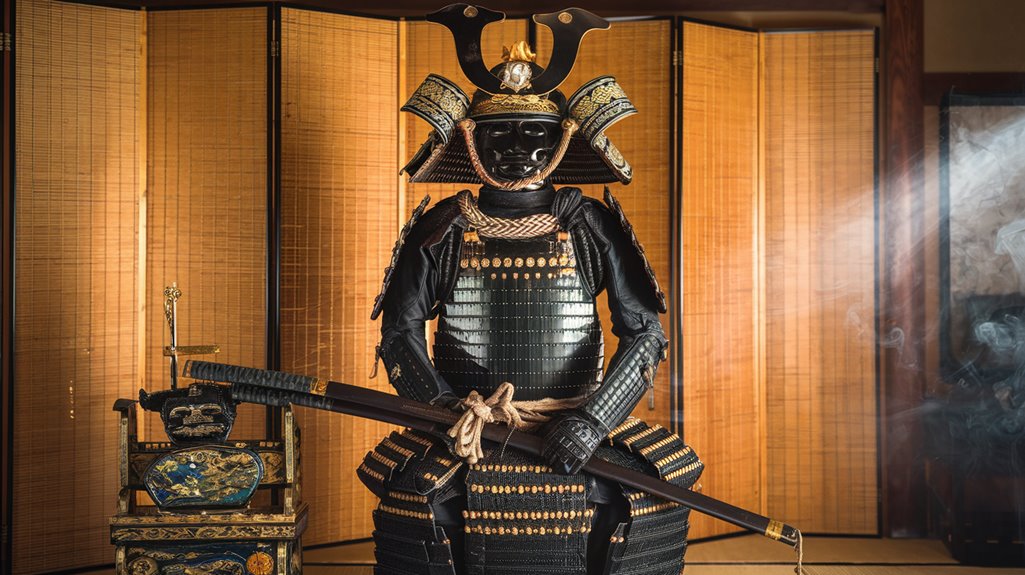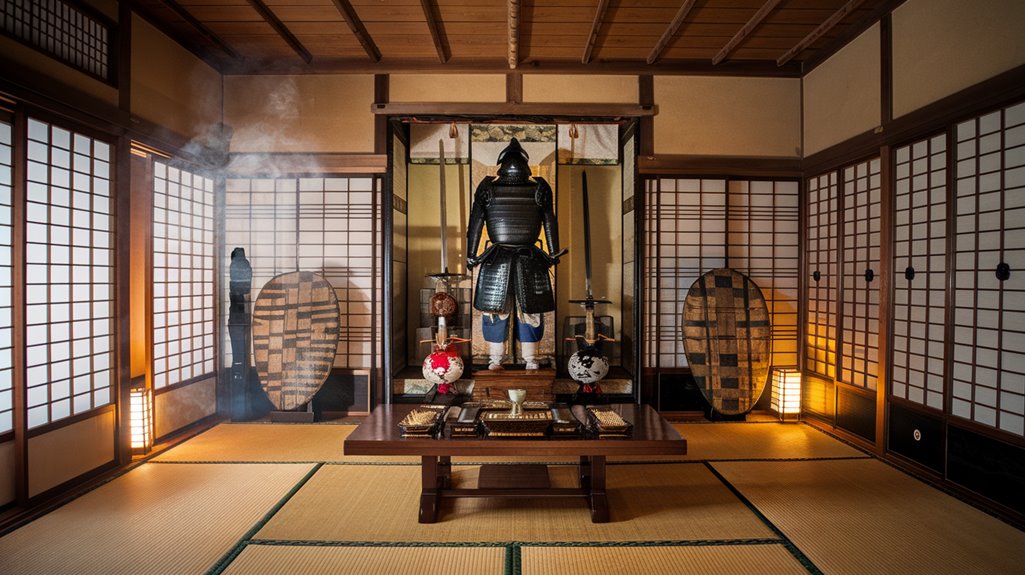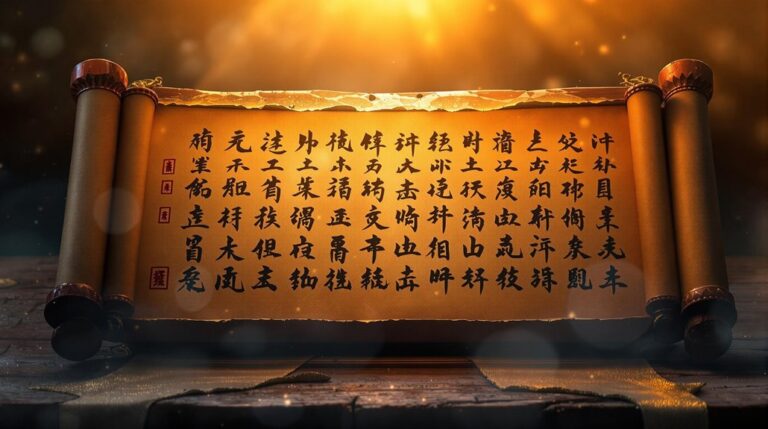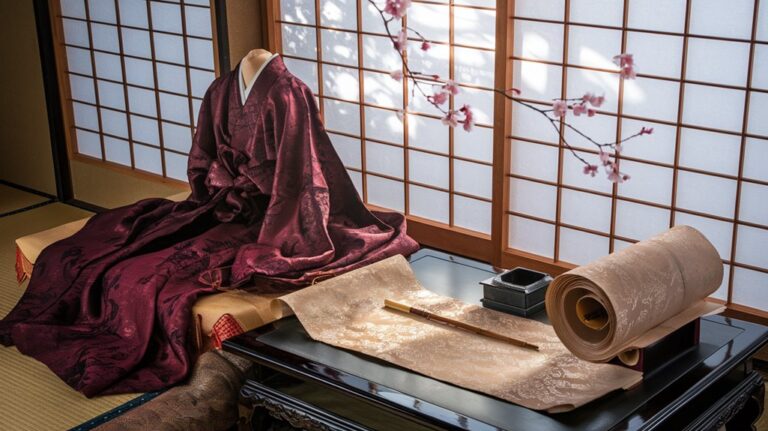Yasuke: Japan’s Legendary African Samurai
You've likely heard tales of legendary samurai warriors, but none quite like Yasuke's story. In 1579, this towering African figure stepped onto Japan's shores and shattered cultural expectations, becoming the first foreign-born samurai in recorded history. His journey from outsider to trusted confidant of Japan's most powerful warlord wasn't just remarkable—it was revolutionary. What unfolds next is a fascinating narrative of cultural barriers broken, unwavering loyalty tested, and a legacy that still captivates minds today.
The Arrival and Rise of an African Warrior in Feudal Japan
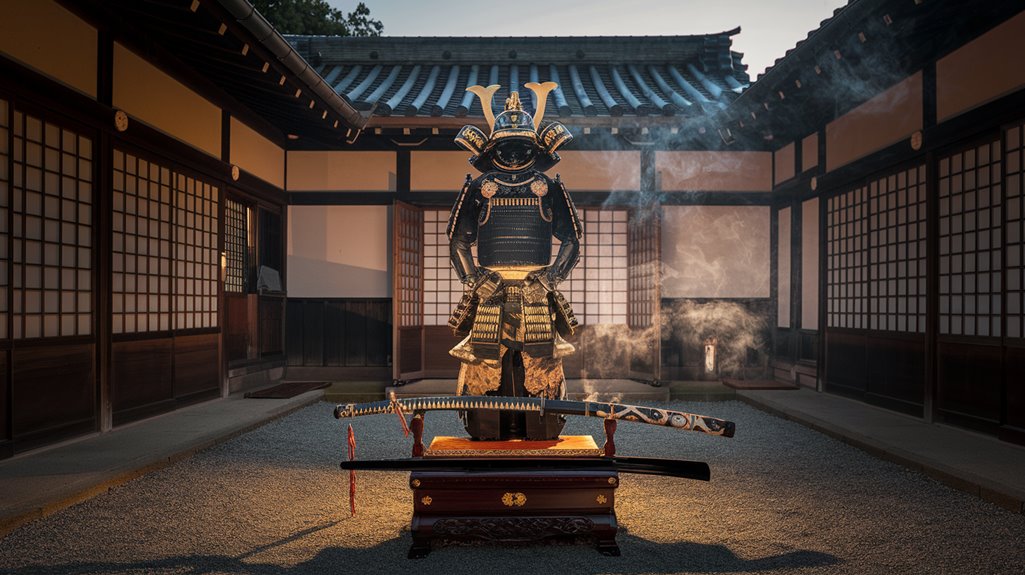
Three remarkable events marked Yasuke's arrival in feudal Japan: his journey alongside Italian Jesuit Alessandro Valignano in 1579, his life-changing encounter with Oda Nobunaga in 1581, and his unprecedented rise to samurai status.
This towering warrior of African origins, standing over six feet tall and possessing legendary strength, quickly caught Nobunaga's attention.
You might find it fascinating that Nobunaga initially thought Yasuke's skin was painted, even ordering him to be scrubbed. Upon discovering otherwise, Nobunaga's curiosity turned to admiration.
Breaking barriers in samurai culture, Yasuke earned privileges few outsiders received: a private residence, servants, and the honor of dining with Nobunaga himself. As a trusted member of Nobunaga's inner circle, he served as the lord's personal weapon-bearer and bodyguard.
The people of Kyoto were equally captivated, causing such excitement that crowds would gather just to catch a glimpse of him. Their fascination was understandable, as Yasuke was considered the first foreigner to achieve warrior status in Japan.
From Stranger to Samurai: Yasuke's Bond With Oda Nobunaga
When Yasuke entered Oda Nobunaga's court in 1581, neither man could have predicted the remarkable bond they'd forge.
What began as Nobunaga's curiosity about Yasuke's skin color transformed into one of feudal Japan's most fascinating examples of cultural exchange. After confirming Yasuke's complexion was natural, Nobunaga welcomed him with a banquet and substantial rewards.
You'll find the loyalty dynamics between them grew rapidly as Nobunaga recognized Yasuke's extraordinary strength and capability. Portuguese Jesuit Mexia documented Nobunaga's clear fondness for his African warrior. The rigorous training in martial arts schools helped solidify Yasuke's position in Nobunaga's household.
He elevated the African warrior to samurai status, providing him with a sword, house, and stipend. Their relationship transcended the typical lord-vassal dynamic, with Yasuke joining Nobunaga's inner circle as a trusted bodyguard and confidant.
This trust endured until Nobunaga's final moments during the Honnō-ji Incident, where Yasuke fought to protect his lord.
Life as Japan's First African Samurai
Despite being a foreigner in feudal Japan, Yasuke's remarkable integration into samurai society set unprecedented standards for cultural acceptance.
You'll find his lifestyle reflected the highest privileges of Japanese nobility, complete with a private residence, personal servants, and the honor of dining with Oda Nobunaga himself.
As for his samurai duties, Yasuke served as both weapon bearer and bodyguard to Nobunaga, wielding his katana with distinction in several battles. His expertise with kunizukushi cannons made him particularly valuable to Japanese forces. Standing at 188 centimeters tall, his imposing physical presence commanded respect on the battlefield.
You'd be impressed by contemporary accounts describing his strength as equal to ten men, while his ability to speak Japanese helped him navigate court politics.
His unique position earned him respect among other warriors, with some Japanese even viewing him as divine due to traditional Buddhist imagery depicting the Buddha with black skin.
The Tragic End at Honnō-ji Temple
The fateful dawn of June 21, 1582, brought a devastating betrayal that would forever change Japanese history. In what's now known as the Honnō-ji Incident, Akechi Mitsuhide led 13,000 troops against Oda Nobunaga, who'd only 30 men at his side, including his loyal warrior Yasuke. The temple had previously served as Nobunaga's residence during his stays in Kyoto.
As flames engulfed the temple during Nobunaga's betrayal, Yasuke fought valiantly to protect his lord. The original temple was completely destroyed during this attack. Nobunaga entrusted him with safeguarding his head and sword from enemy hands before performing ritual suicide.
Though Yasuke survived the siege, he was captured by Mitsuhide's forces. Given his status as a foreigner, they spared his life and escorted him to a Jesuit mission house. This marked the last known historical record of Japan's first African samurai.
Legacy and Cultural Impact Through the Ages
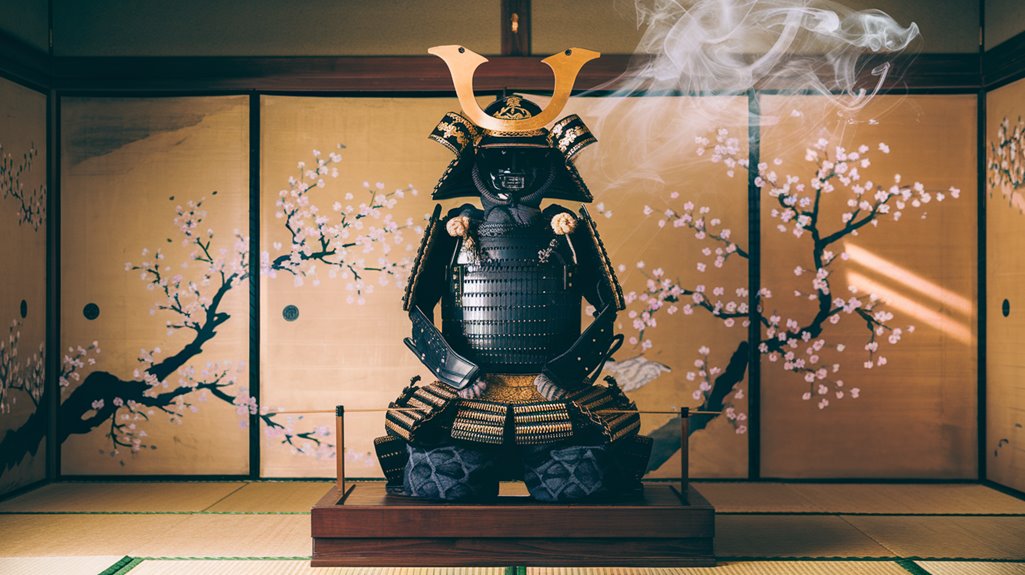
Although Yasuke's historical trail went cold after 1582, his remarkable legacy has grown exponentially through centuries of cultural reimagining and scholarly research.
Jesuit records reveal that poor Japanese citizens were commonly sold into slavery by their lords during this era, highlighting the complex social dynamics of the time.
Through cultural reinterpretation across various media – from Kurusu Yoshio's influential 1969 children's book to modern anime and video games – Yasuke's tale has achieved global resonance.
You'll find his story gaining significant traction in post-World War II Japan, where translated Jesuit documents sparked renewed interest in his unique role as Japan's first foreign-born samurai.
You can now see his influence in Hollywood productions, Netflix series, and educational curricula worldwide.
His story continues to drive important conversations about race, identity, and cultural exchange in Japan, while historians and creators guarantee his legacy remains relevant for future generations.

